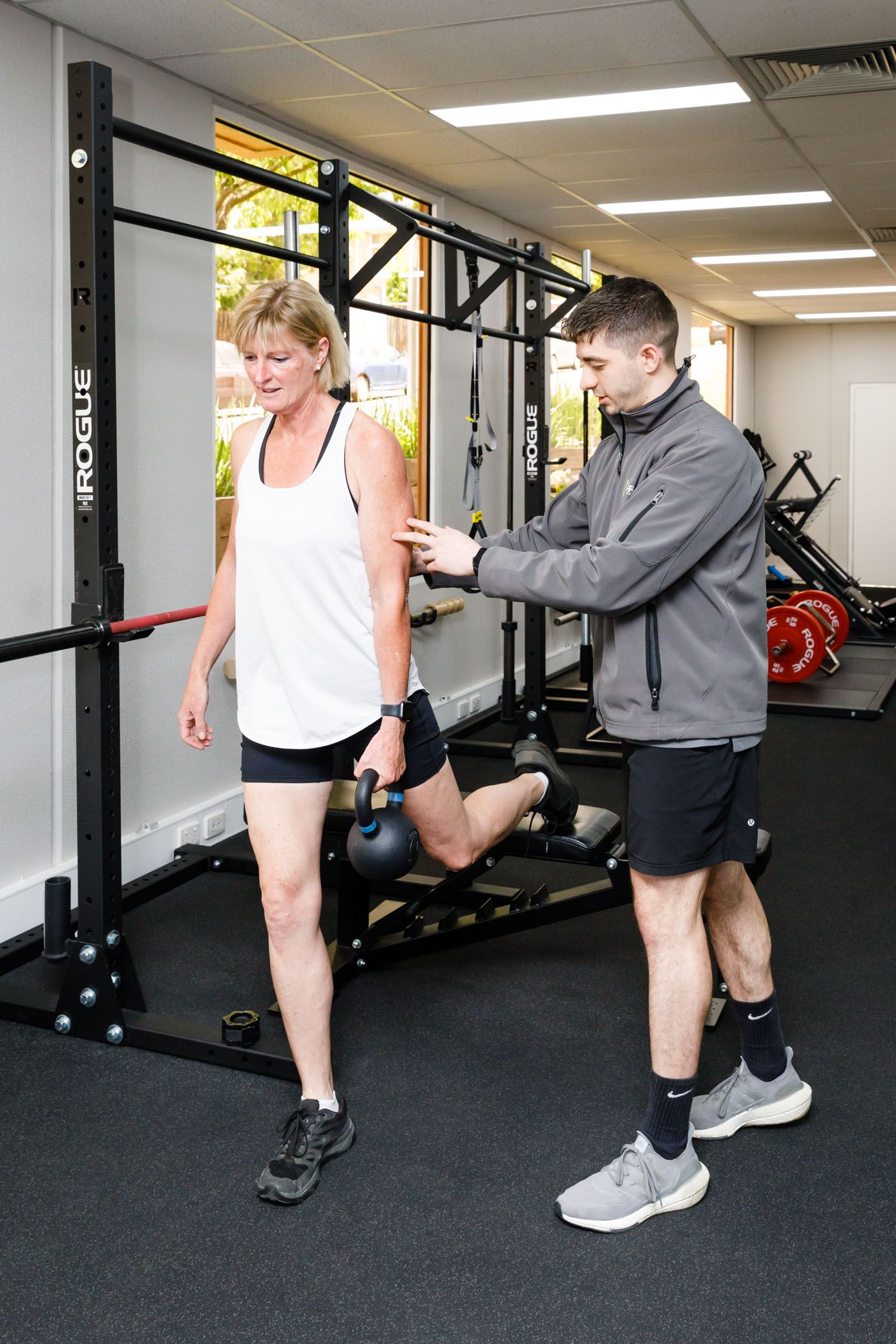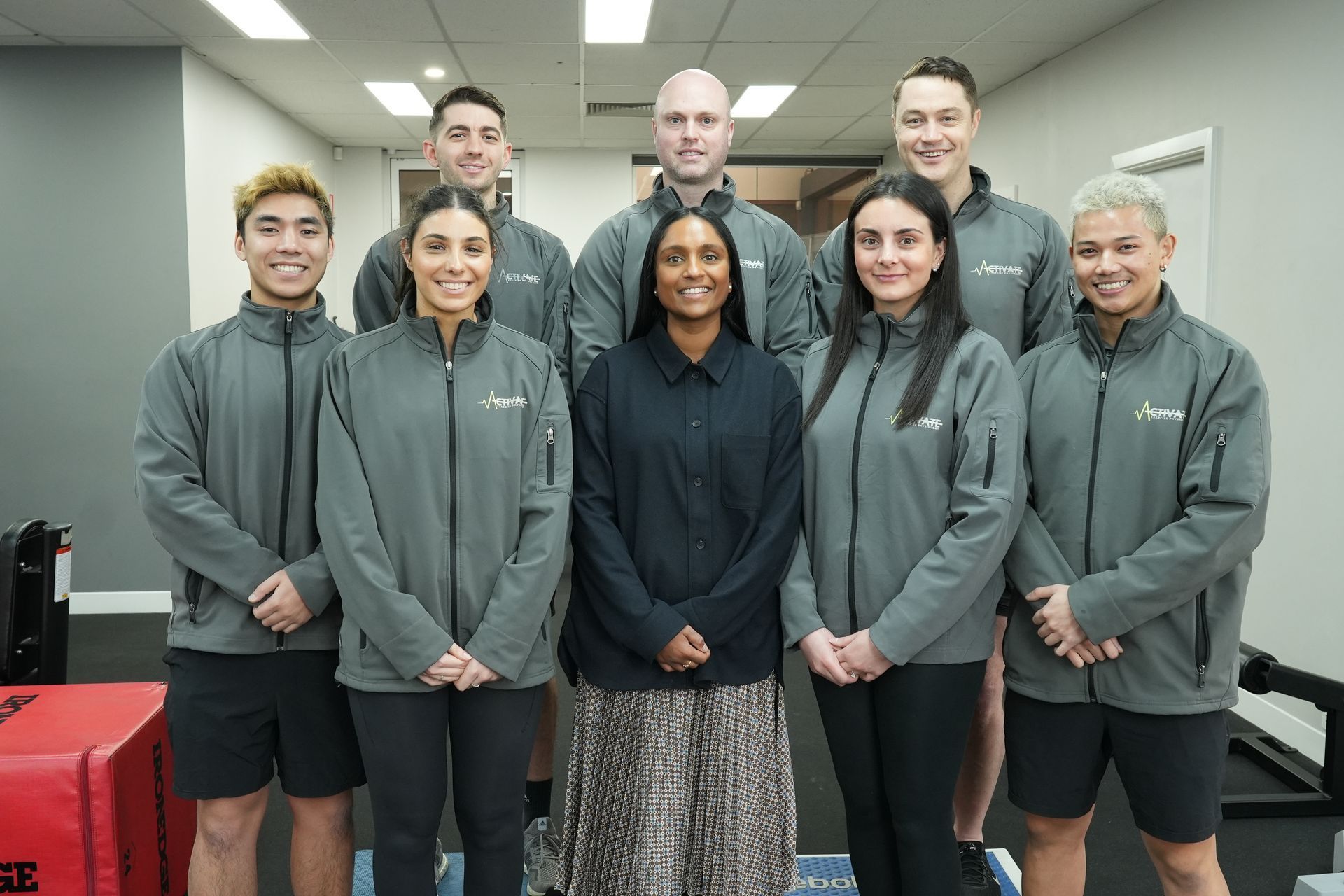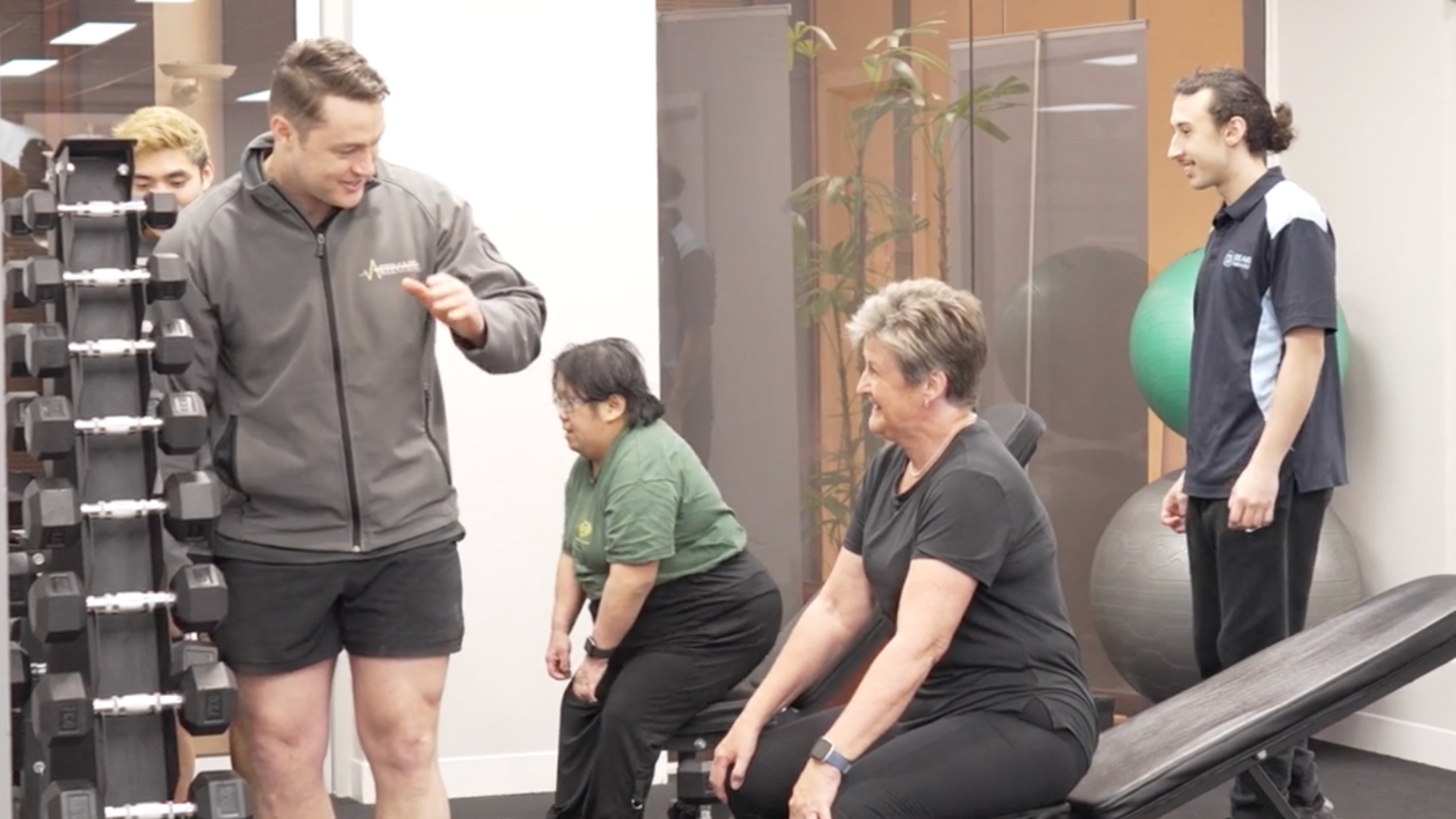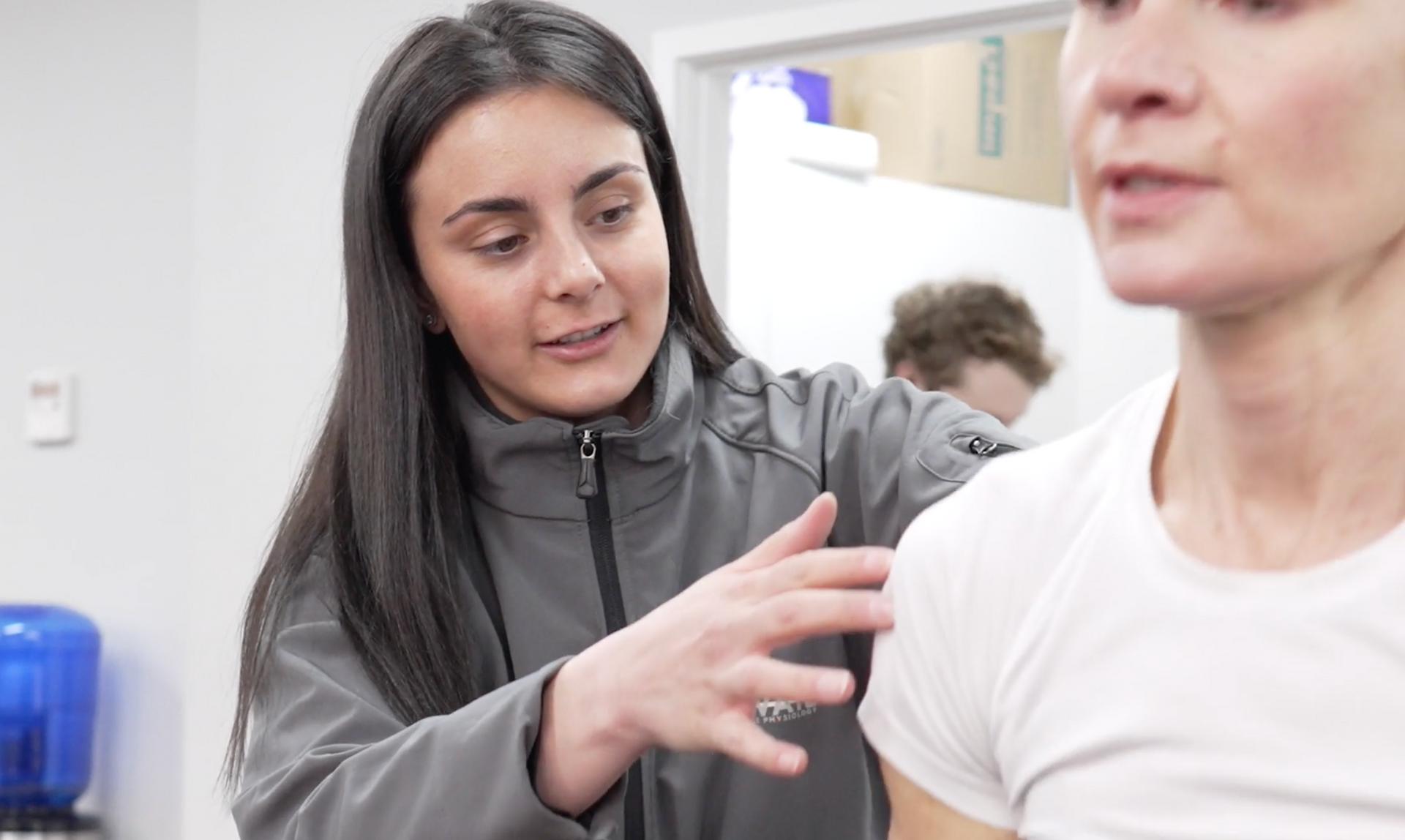Exercise Physiology: 1/131 Bulleen Road, North Balwyn 3104
Occupational Therapy & Speech Pathology: 1/147 Bulleen Rd North Balwyn
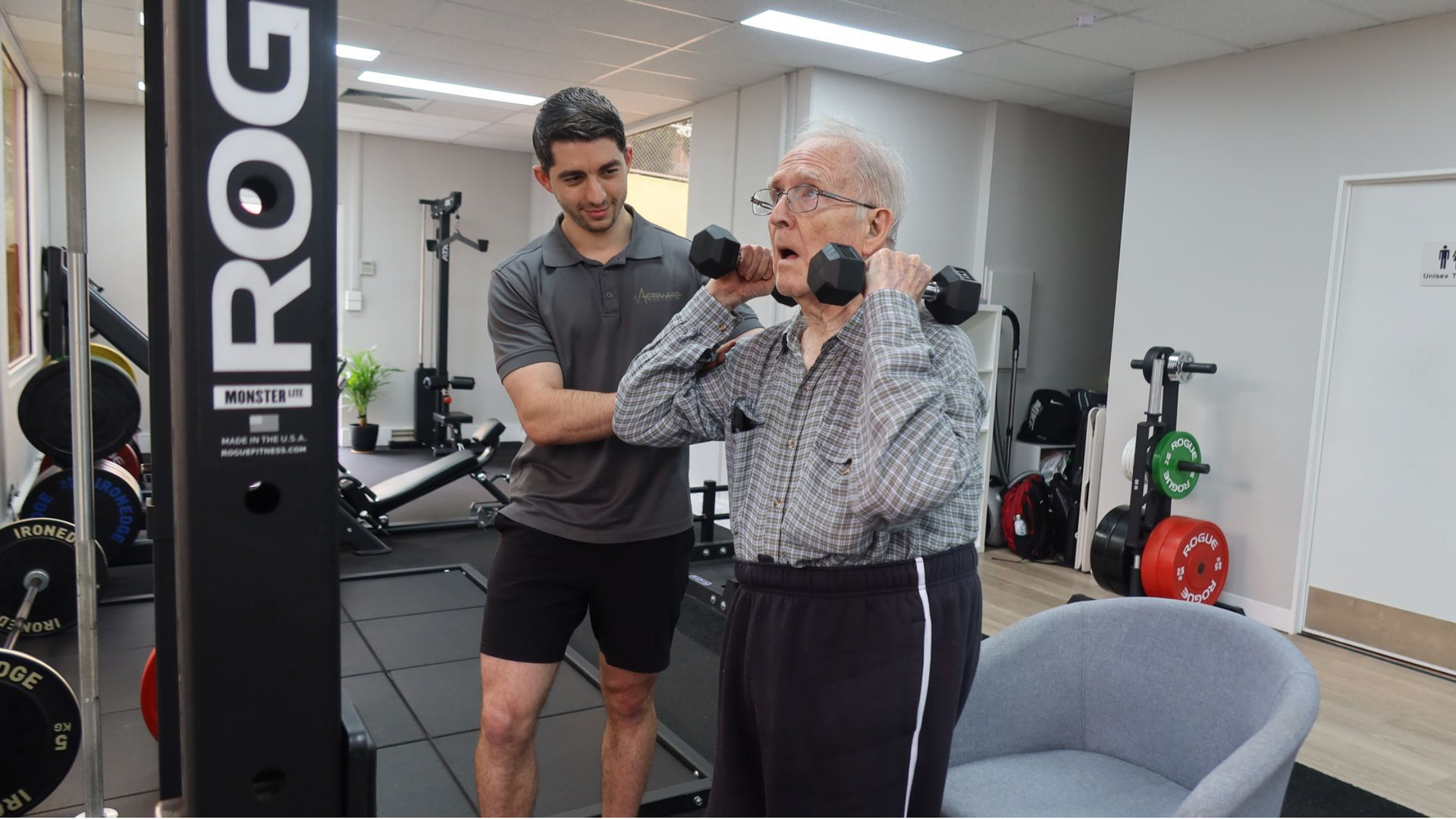
Enabling Everyday Heroes: The Vital Role of Exercise Physiologists
We often take for granted the simple acts of daily life—walking to the shops, climbing stairs, or even maintaining our balance as we move about. Yet for many Australians, these seemingly effortless activities can be significant challenges. This is where Exercise Physiologists step in, playing a crucial role in helping people regain their independence and confidence in movement.
Exercise Physiology is a field that bridges the gap between health science and practical application. We work tirelessly to understand how the human body responds to physical activity and use this knowledge to improve people's lives. Our work goes far beyond helping athletes achieve peak performance; it's about enabling individuals from all walks of life to perform the everyday tasks that many of us barely think about.
One of the most rewarding aspects of being an Exercise Physiologist is witnessing the transformation in their clients' lives. Nadunie Piyasena, an Exercise Physiologist on our team Activate Allied Health, shares her perspective:
"There's nothing quite like helping clients do things they didn't have the confidence to do before. Something as simple as walking better can make a world of difference to someone's quality of life."
This sentiment is echoed by Aislinn Gesuale, another dedicated member of our team here at Activate. She emphasises the positive impact of her role, stating,
"Being able to see how much my work can help clients reach their goals and positively influence their lives is incredibly fulfilling."
Activate Exercise physiologist Quinton Le, reflecting on his experience, notes,
"Working with people is both the most rewarding and challenging part of our job. It's really cool to work as a team to help someone achieve their goals and exceed expectations. The journey getting there, overcoming barriers, setbacks, and being patient, tends to be the biggest challenge. But it makes it all the more rewarding once you reach that point."
We often work with individuals who have faced setbacks due to injury, illness, or age-related conditions. Our role involves not just physical training but also providing emotional support and motivation. We tailor our approach to each client's unique needs and circumstances, which requires a deep understanding of the human body and spirit.
Consider the case of an older adult who has become fearful of falling after a recent stumble. As an Exercise Physiologist, we would work with this individual to improve their balance, strengthen their muscles, and increase their confidence. This might involve a combination of targeted exercises, gait training, and education about fall prevention strategies. Over time, the client may progress from being housebound to confidently taking walks in their neighbourhood - a transformation that profoundly impacts their independence and overall well-being.
Similarly, for someone recovering from a stroke, the goal might be to regain the ability to perform basic self-care tasks. An Exercise Physiologist would design a programme that focuses on improving coordination, strength, and motor control. This could involve exercises that mimic everyday movements, gradually increasing in difficulty as the client progresses. The joy of seeing a client button their shirt independently for the first time in months is immeasurable, both for the individual and the Exercise Physiologist guiding their recovery.
The field of Exercise Physiology is constantly evolving, with new research and technologies emerging regularly. This requires us to be lifelong learners, continuously updating our knowledge and skills to provide the best possible care for our clients. It combines scientific rigour with practical application, making it an exciting career choice for those passionate about health and helping others.
For those considering a career in Exercise Physiology or looking to work with organisations like Activate Allied Health, it's important to understand that this profession demands more than just a knowledge of anatomy and physiology. It requires empathy, patience, and the ability to build strong, trusting relationships with clients. Celebrating small victories and maintaining a positive outlook in the face of setbacks is crucial.
Exercise Physiologists often work as part of a multidisciplinary team, collaborating with doctors, physiotherapists, occupational therapists, and other healthcare professionals. This collaborative approach ensures that clients receive comprehensive care that addresses all aspects of health and well-being.
In conclusion, Exercise Physiologists play a vital role in enabling people to reclaim their independence and enjoy the simple pleasures of everyday movement. Their work goes far beyond the gym or sports field - it's about improving quality of life, one step at a time. As Nadunie, Aislinn, and Quinton have shared, the challenges of the job are outweighed by the immense satisfaction of helping people achieve what they once thought impossible.
For those inspired by the prospect of making such a tangible difference in people's lives, a career in Exercise Physiology offers a path that is both challenging and deeply rewarding. It's a profession that allows you to combine scientific knowledge with a genuine desire to help others, empowering people to live life to the fullest, one movement at a time.
We are actively hiring driven Exercise Physiologists to join our growing team. If you'd like to apply, please click this link.
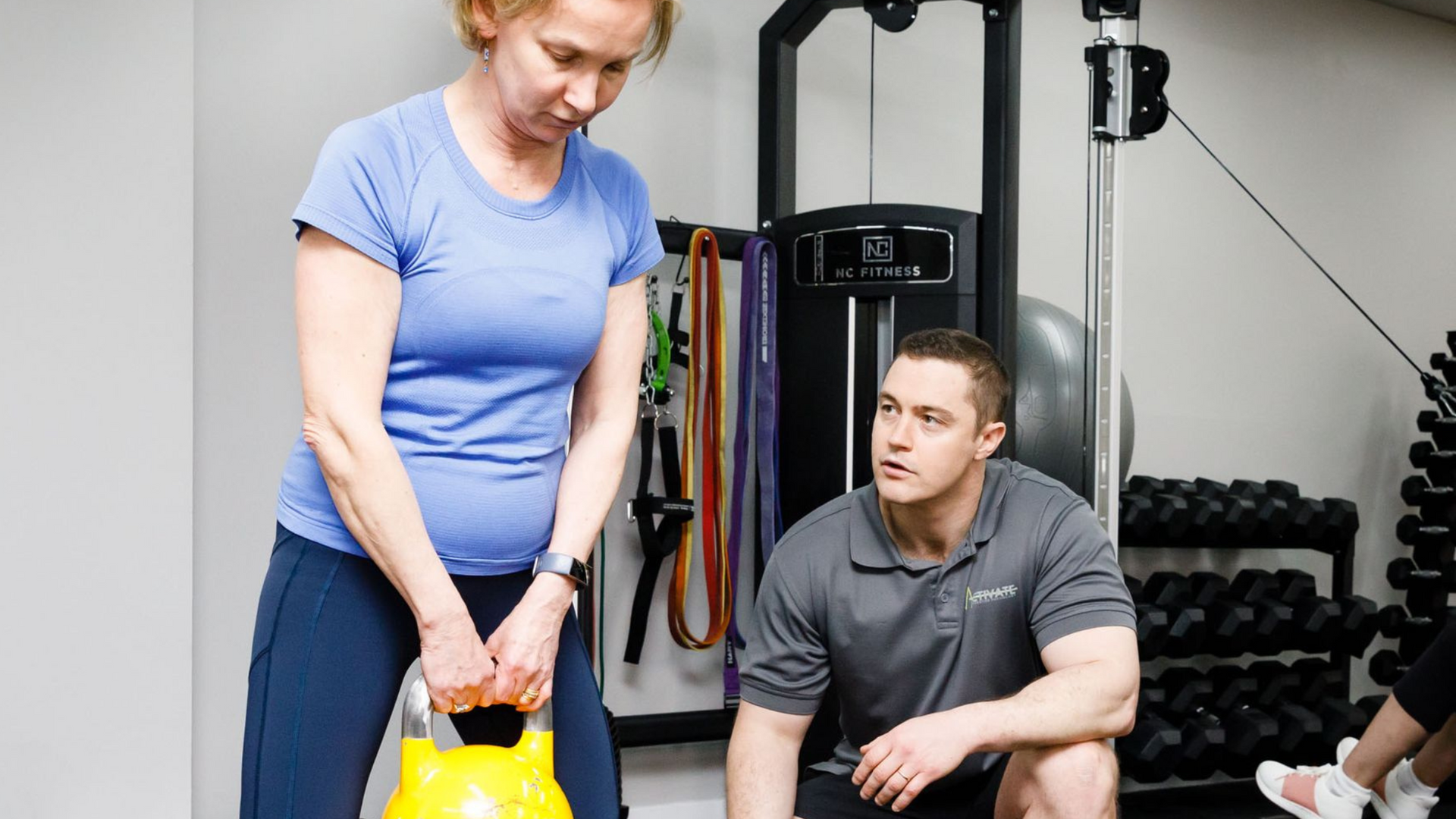

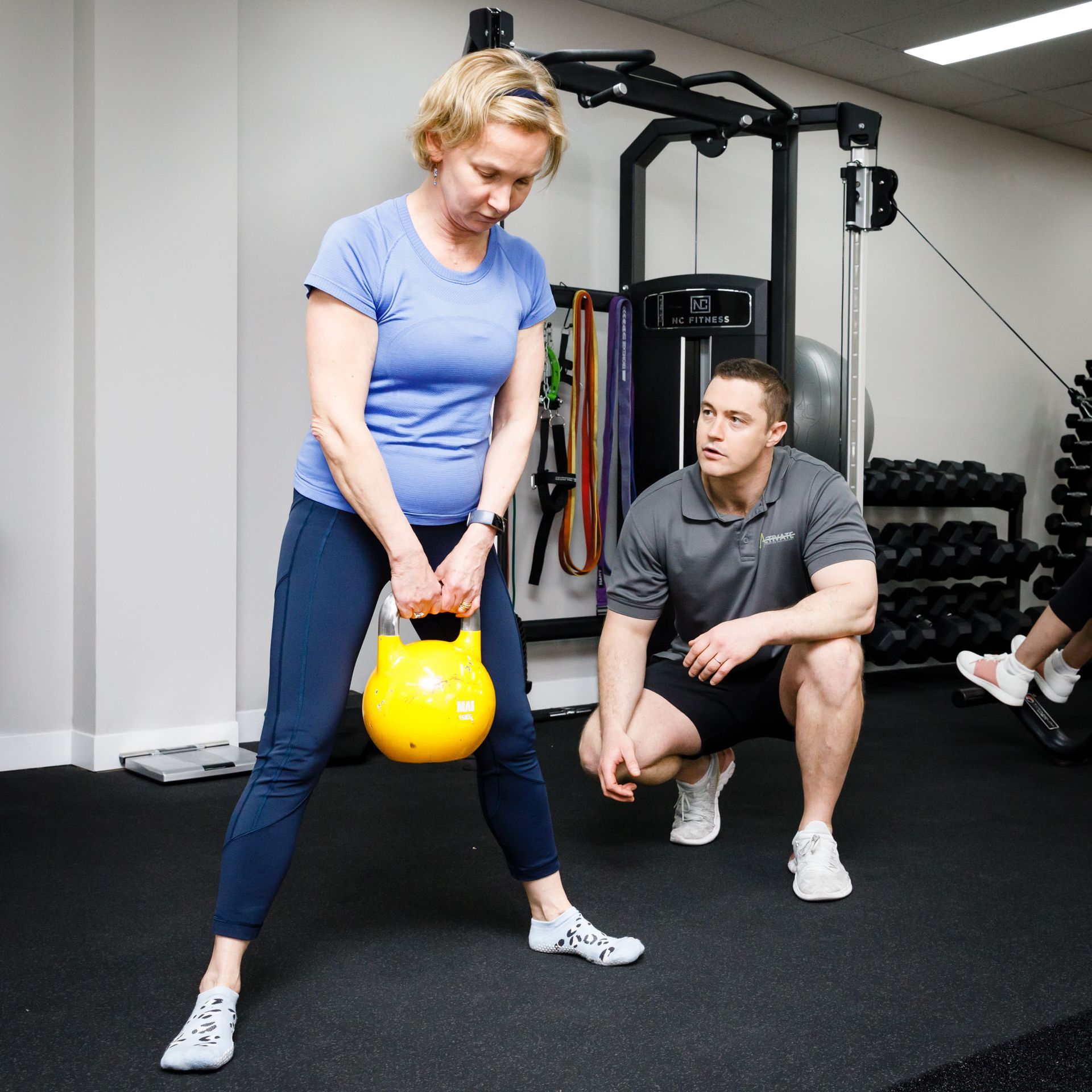
ACKNOWLEDGEMENT

We acknowledge Australian Aboriginal People and Torres Strait Islander People as the first inhabitants of the nation, and acknowledge Traditional Owners of the lands where our staff and students live, learn and work.
Contact & Hours
WELCOMING ALL COMMUNITIES
At Activate Allied Health, we're committed to creating an environment where everyone feels welcome and valued. Our dedication extends across every community, including LGBTQIA+ individuals and people from all minority groups. We believe in health equity and strive to provide compassionate and tailored care to all Australians.
Activate Exercise Physiology ©2024 | ABN 50 360 153 131 | Privacy Policy | Website by Roadmap Digital |


